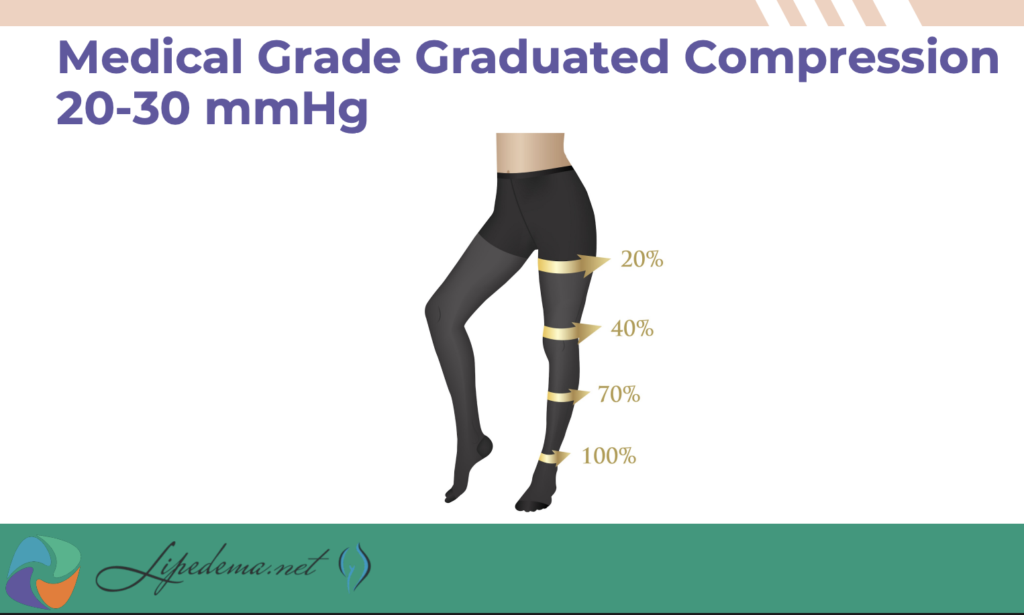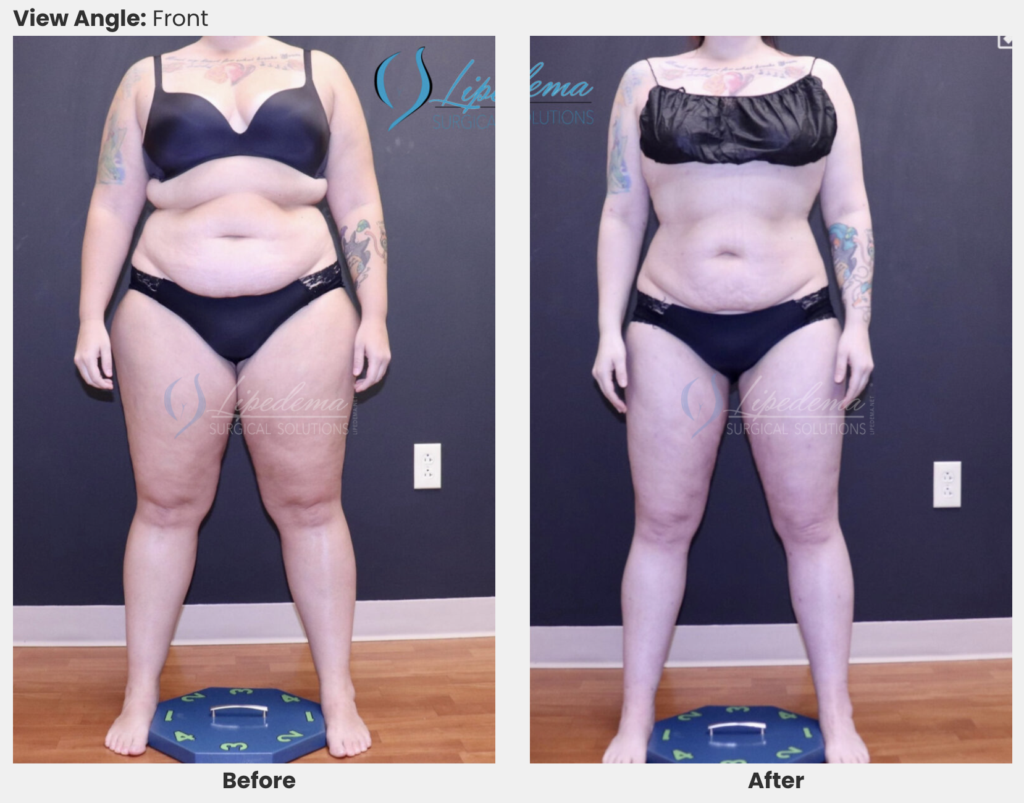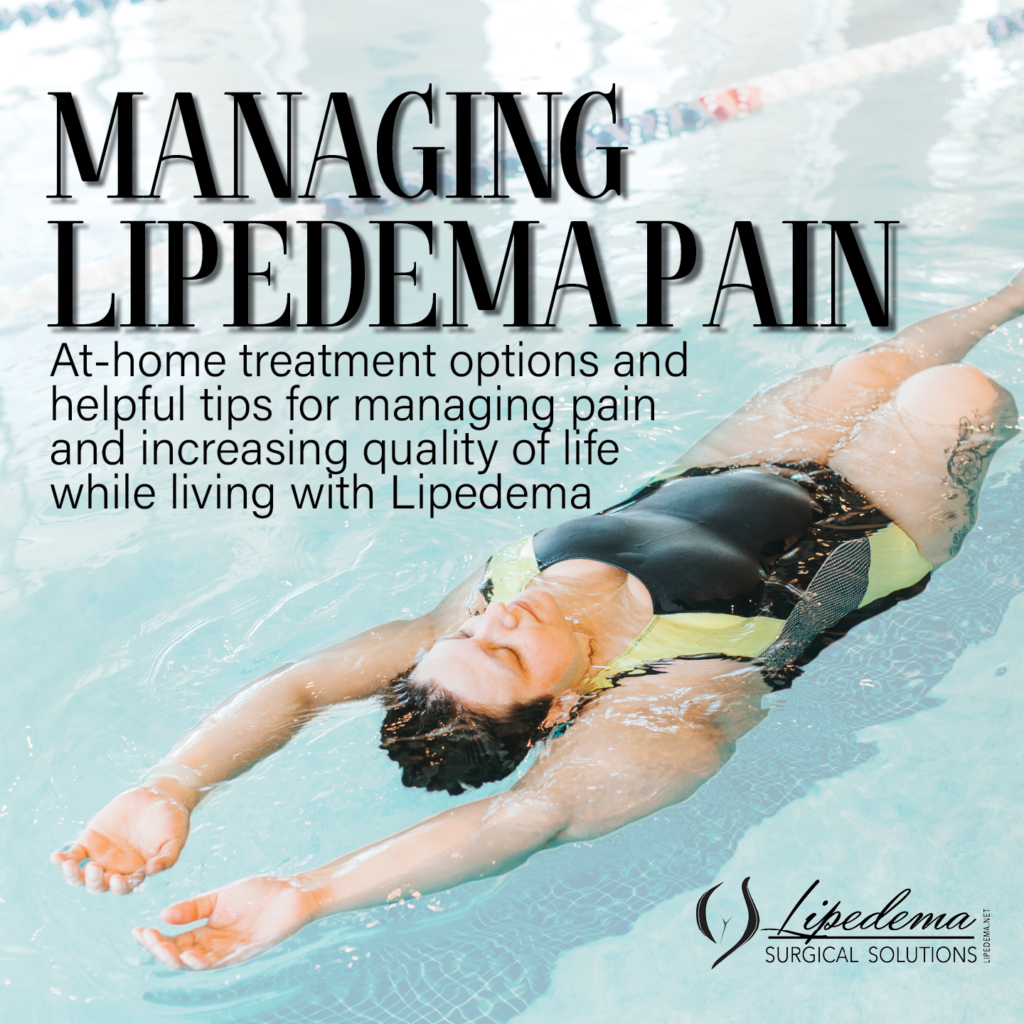Living with lipedema can be challenging, but understanding how to effectively manage pain and symptoms can significantly improve your quality of life. There are both medical treatments and lifestyle modifications that can help alleviate lipedema-related discomfort.
Understanding Lipedema Pain
Lipedema is a chronic condition characterized by the abnormal accumulation of fat cells, primarily in the legs, thighs, and sometimes arms. Unlike regular weight gain, lipedema fat is resistant to diet and exercise and often causes significant pain, tenderness, and mobility issues. The pain associated with lipedema can range from mild discomfort to severe, debilitating symptoms that interfere with daily activities.
The pain typically manifests as:
- Aching, burning, or sharp pain in affected areas
- Tenderness to touch
- Heaviness and fatigue in the legs
- Increased pain with prolonged standing or activity
- Worsening symptoms during hormonal changes

Medical Treatment Options
Conservative Management
Compression Therapy: Compression garments are often the first line of defense against lipedema pain. Medical-grade compression stockings or sleeves help improve circulation, reduce swelling, and provide support to affected tissues. Custom-fitted compression garments typically provide better results than over-the-counter options.
Manual Lymphatic Drainage (MLD): This is a specialized massage technique that helps stimulate lymphatic flow, reducing pain and swelling. MLD should be performed by a certified therapist trained in lymphatic drainage techniques. Regular sessions can provide significant relief for many patients.
Complete Decongestive Therapy (CDT): CDT combines compression therapy, manual lymphatic drainage, specialized exercises, and skin care. This comprehensive approach addresses multiple aspects of lipedema management and can be particularly effective for pain reduction.

Advanced Treatment Options
Liposuction: For appropriate candidates, specialized liposuction techniques such as tumescent liposuction or water-assisted liposuction can provide significant pain relief by removing the problematic fat deposits. This procedure should only be performed by surgeons experienced in treating lipedema.
Medications: While there’s no specific medication for lipedema, some patients find relief with:
- Anti-inflammatory medications for pain and swelling
- Supplements like selenium or diosmin for lymphatic support
Lifestyle Modifications for Pain Management
Exercise and Movement
Regular, gentle exercise is crucial for managing lipedema pain. Focus on:
Low-Impact Activities
- Swimming or water aerobics (excellent for lymphatic drainage)
- Walking at a comfortable pace
- Cycling or recumbent biking
- Yoga or gentle stretching
Strength Training: Light resistance training can help maintain muscle mass and improve circulation. Work with a physical therapist familiar with lipedema to develop an appropriate program.
Avoid High-Impact Activities: Activities that involve jumping, running, or sudden movements may worsen pain and swelling.
Dietary Considerations
While diet won’t cure lipedema, certain dietary approaches may help manage inflammation and overall symptoms:
Anti-Inflammatory Foods
- Omega-3 rich fish (salmon, mackerel, sardines)
- Leafy greens and colorful vegetables
- Berries and other antioxidant-rich fruits
- Nuts and seeds
- Turmeric and ginger
Foods to Limit
- Processed foods high in sodium
- Refined sugars and carbohydrates
- Trans fats and excessive saturated fats
- Alcohol in excess
Hydration: Proper hydration supports lymphatic function. Aim for adequate water intake throughout the day.
Daily Management Strategies
Elevation: Elevate your legs above heart level when resting to promote drainage and reduce swelling. Use pillows or a recliner to achieve proper positioning.
Temperature Management
- Use cool compresses for pain relief
- Avoid excessive heat, which can worsen swelling
- Consider cooling garments during hot weather
Stress Management: Chronic pain can increase stress, which may worsen symptoms. Incorporate stress-reduction techniques such as:
- Meditation or mindfulness practices
- Deep breathing exercises
- Gentle yoga or tai chi
- Counseling or support groups
Creating a Comprehensive Management Plan
Effective lipedema pain management requires a multidisciplinary approach. Work with healthcare providers who understand lipedema, including:
- Lymphatic therapists
- Physical therapists
- Registered dietitians
- Mental health professionals
- Specialized physicians
When to Seek Additional Help
Contact your healthcare provider if you experience:
- Sudden increase in pain or swelling
- Signs of infection (redness, warmth, fever)
- Significant changes in skin color or texture
- Decreased mobility or function
- Psychological distress related to your condition
Living Well with Lipedema
While lipedema is a chronic condition, many people successfully manage their symptoms and maintain an active, fulfilling life. The key is finding the right combination of treatments and lifestyle modifications that work for your specific situation.
Remember that lipedema management is often a journey of trial and adjustment. Be patient with yourself as you work with your healthcare team to find the most effective pain management strategies. With proper care and management, it’s possible to significantly reduce pain and improve your overall quality of life.
Early intervention and consistent management are crucial for preventing progression and maintaining function. Don’t hesitate to advocate for yourself and seek care from providers who understand and specialize in lipedema treatment.

